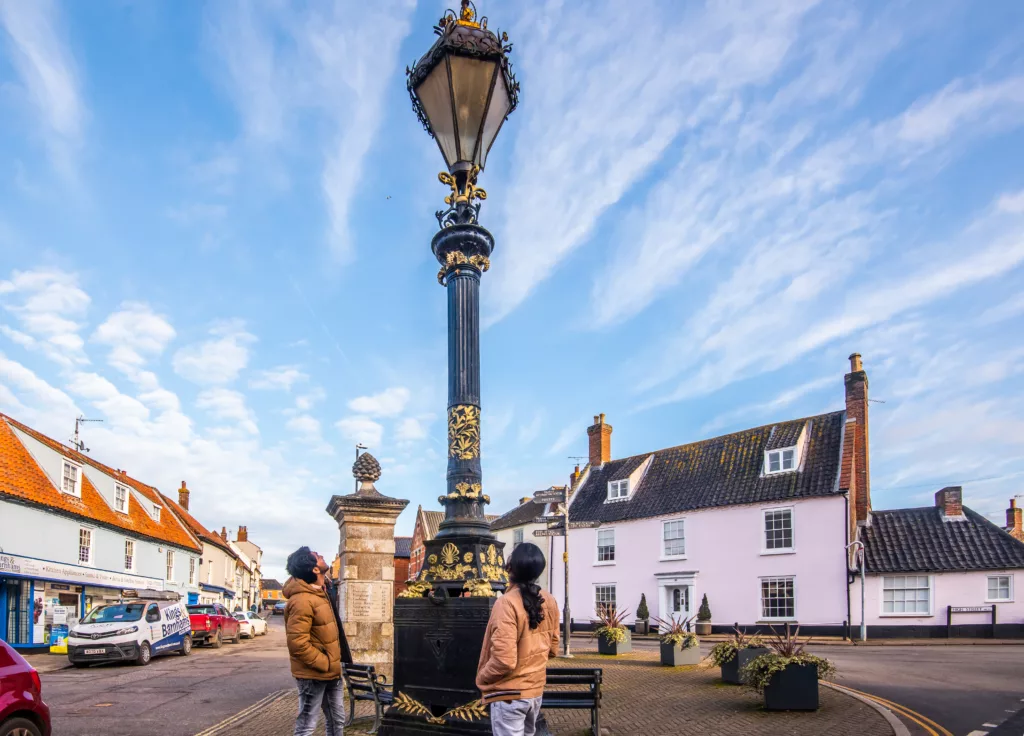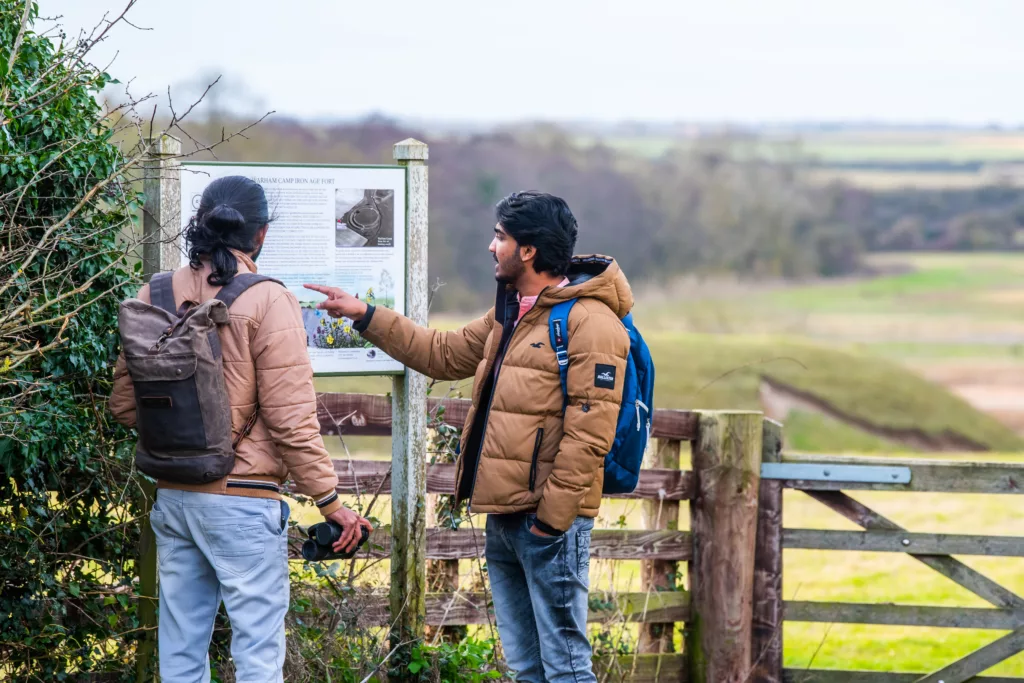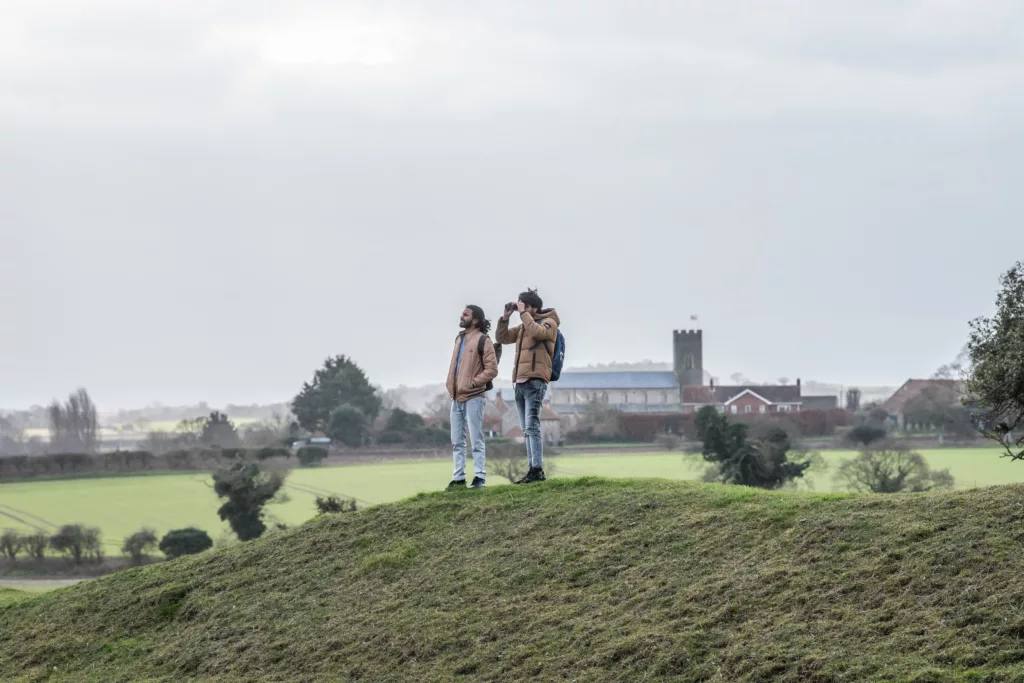At a bend of the River Stiffkey, Iceni workers were sweating and cursing as they shifted huge mounds of earth using only simple hand tools. They were building fortifications for defence. Over 2,000 years later, their fort is still here, known as Warham Camp. Its exact purpose is unknown. Perhaps it was a place of ceremony or the residence of a high status leader. The Iceni tribe were led most famously by Boudica, the Celtic warrior queen, famed for battling Anglia’s Roman occupiers. Imagine Iceni guards, patrolling the wooded palisade looking out for Roman military columns on the march. Archaeological evidence tells us the Romans once occupied this fort; what history passed in this ancient place?
Warham Camp is Norfolk’s best preserved Iron Age hill fort, a scheduled monument and also a Site of Special Scientific Interest (SSSI). It’s mind-blowing to think of the people who made this spectacular 212m circular earthwork before the days of mechanical machinery. The views across the fields towards the coast are equally awe-inspiring. Look carefully at the land. You might notice the remains of ridge and furrow. Their age is uncertain, though characteristic of the medieval period. Part of the earthworks was destroyed in the mid-18th century, when the south-western curve of the monument was levelled to improve the view from nearby Warham Grove House and to straighten the course of the river Stiffkey. Year round, it’s a peaceful, beautifully evocative place for a thought-provoking walk.





